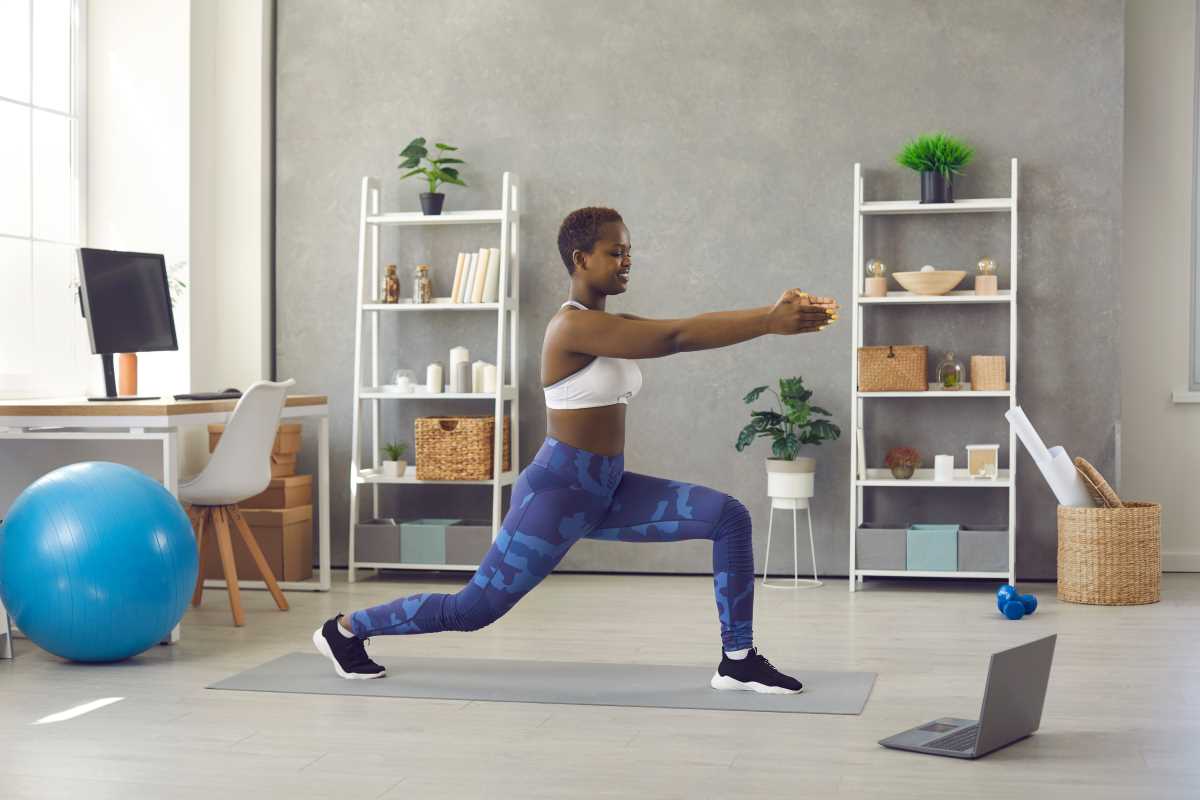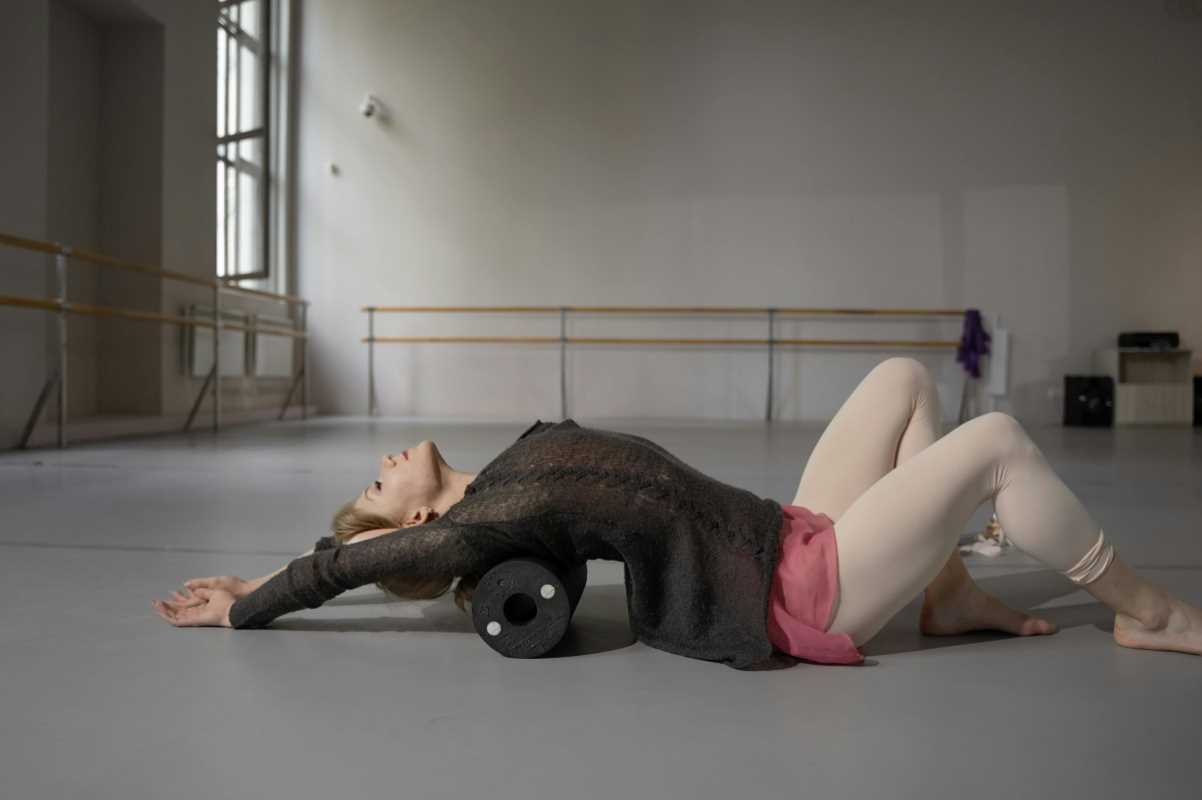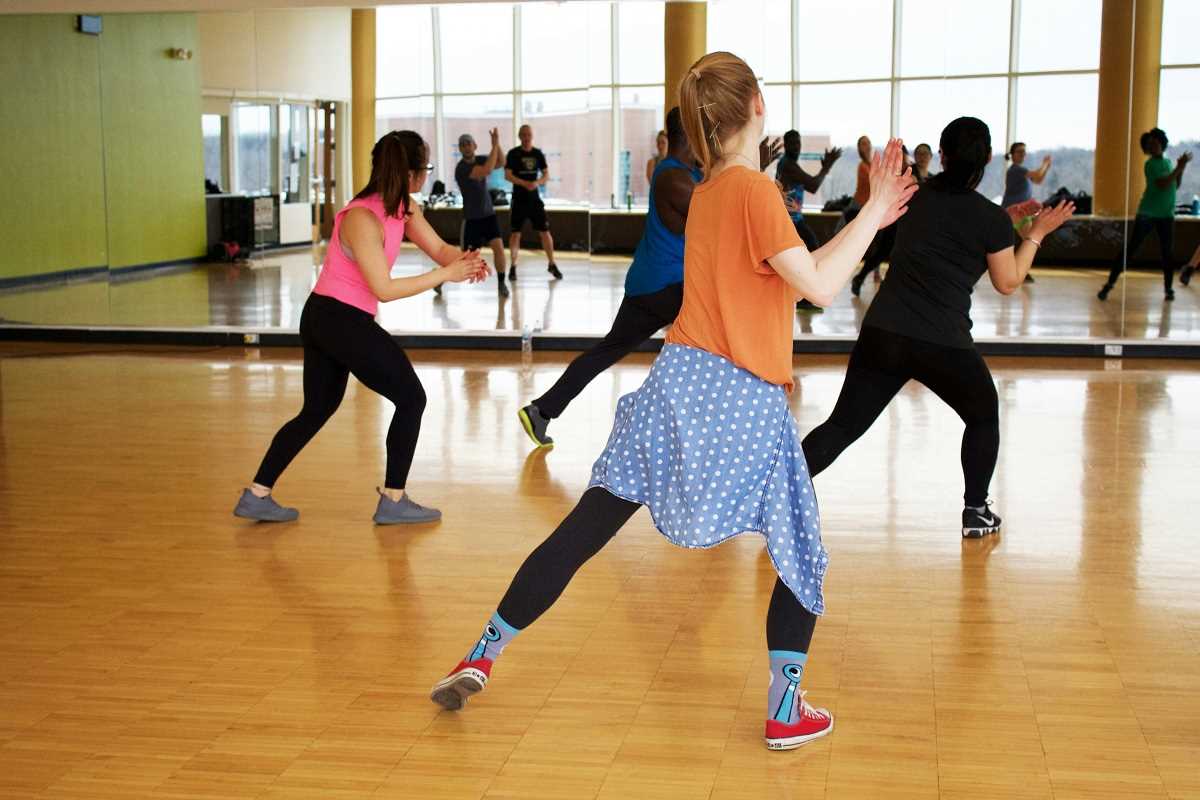Imagine this scenario. You’re committed to reaching your fitness goals, hitting the gym or engaging in your favorite workout routine regularly. Then, suddenly, a sharp pain shows up in your knee, shoulder, or back. It feels like your body is betraying your efforts. If this sounds familiar, you’re not alone. Many fitness enthusiasts experience injuries that sideline their progress, often leading them to wonder, "How could I have avoided this?"
That’s where prehab exercises come in. Prehab, short for "preventive rehabilitation," is about strengthening your body before injuries happen—not after. Instead of treating problems after they arrive, prehab helps you identify potential weaknesses and bolster them to avoid setbacks entirely.
This isn’t just for athletes. It’s for anyone who wants to work out smarter, not harder, and protect their body in the process. Especially if you're a middle-aged woman trying to maintain or improve your health, prehab exercises are a game-changer. They can keep your joints happy, improve your balance, and help you glide through your workouts without fear of tweaks or strains. Sounds good, right? Let's explore how prehab works and why it’s something everyone should consider integrating into their routine.
What Are Prehab Exercises, Exactly?
Prehab might sound like something you do in physical therapy, but it’s actually more proactive than that. These exercises focus on improving strength, mobility, stability, and flexibility to prevent injuries before they occur. Think of it as replacing the weak links in the chain of your body.
For example, if you’ve experienced occasional back pain, prehab might focus on strengthening your core muscles and improving your hip mobility. If your knees give you trouble, the exercises might target the stabilizing muscles around those joints.
It’s not just about avoiding pain, either. Prehab helps improve your overall physical function, so movements feel smoother and more controlled. Whether you’re jogging for cardio, lifting weights at the gym, or simply power-walking through your neighborhood, these exercises make every activity feel better and safer.
Why You Should Care About Prehab
You may be thinking, "I don’t have time for extra exercises." But here's the truth—integrating prehab into your routine doesn’t have to take a lot of extra effort. Even ten to fifteen minutes a few days a week could make a huge difference.
The reasons to care about prehab go beyond saving time. Here’s why it matters, especially for middle-aged women:
- Aging Bodily Changes
As we age, our bodies naturally lose muscle mass and joint flexibility. This doesn’t mean we’re destined to slow down, but things like sore knees or stiff shoulders might creep in over time. Prehab works to counteract these changes, keeping your muscles balanced and your joints supported.
- Faster Recovery
Even if you’re dealing with an existing ache or strain, prehab can help your body recover faster. Strengthening the stabilizing muscles around an injured area can ease the workload on the affected joint or muscle, giving it the support it needs to heal.
- Improved Confidence
There’s nothing worse than feeling like your body isn’t as dependable as it once was. By improving your strength and stability with prehab, you’ll feel more confident in your workouts and other activities, from yoga to dancing with friends.
- Better Fitness Longevity
Prehab helps you keep doing what you love for years to come. We all want to stay active as we age, and a little preventive effort today could keep you spinning, swimming, or hiking tomorrow without worries about overuse or injury.
Common Fitness Injuries and How to Avoid Them
It’s one thing to talk about prevention, but what kinds of injuries can prehab actually help with? Whether you’re new to working out or you’ve been active for years, there are some common areas of the body that tend to need extra care.
1. Knee Pain
The knees are one of the most injury-prone joints for active individuals. Many knee injuries are caused by muscle imbalances or weak stabilizer muscles, such as those in your hips and glutes.
Prehab Tip: Incorporate exercises like glute bridges, side-lying leg lifts, and step-downs to strengthen supporting muscles. Practicing good squatting form also helps protect your knees during workouts.
2. Lower Back Strain
Lower back pain often stems from poor posture and weak core muscles. Without a strong core, your back takes on more strain than it should during everyday movements and workouts.
Prehab Tip: Add bird-dogs, planks, and dead-bugs to your routine. These exercises target your core in safe, low-impact ways that reinforce proper alignment.
3. Shoulder Issues
The shoulder is a highly mobile joint, which makes it prone to overuse injuries. Repetitive motions like lifting weights or even carrying heavy bags can lead to discomfort.
Prehab Tip: Focus on shoulder stabilizer exercises like scapular push-ups, external rotations with resistance bands, or YTIs (a simple series of movements mimicking the letters Y, T, and I with your arms). These improve shoulder stability and strength.
4. Plantar Fasciitis and Foot Pain
Your feet carry you through every activity, and overworking them can lead to conditions like plantar fasciitis, which causes discomfort on the underside of the foot.
Prehab Tip: Strengthen your feet and calves with exercises like toe curls (picking up a small towel with your toes) and calf raises. Foam rolling the arches of your feet after workouts can also reduce tension.
5. Balance-Related Falls
Many people don’t think about balance until they lose it. However, improving your balance is key as you age, not just for fitness but for daily life.
Prehab Tip: Try standing on one foot, adding in light arm movements or weights if you feel steady. Yoga poses like tree pose or warrior III are also great for targeting balance.
How to Add Prehab to Your Routine
One of the best things about prehab is that it’s easy to work into your current routine. You don’t need fancy equipment or an extended block of time.
1. Warm-Up Wisely
Start with prehab movements during your warm-up. For example, if you plan to lift weights, spend five minutes performing bodyweight squats, planks, and dynamic stretches for the muscles you’ll use in your workout.
2. Focus on Form
Prehab exercises should target your weaker links, which means doing them with proper form is essential. Move slowly, focus on alignment, and avoid rushing through the steps.
3. Start with Two to Three Times a Week
You don’t have to do prehab every day. Consistency is more important than intensity, so build it into your routine a few times per week and adjust as needed.
4. Listen to Your Body
Do certain exercises feel off? Pay attention to how your body responds to prehab movements. Discomfort could be a sign that you need to modify the movement or check your form.
5. Get Professional Help if Needed
If you’re unsure where your weak points are or how to strengthen them, a physical therapist or personal trainer can help. They can provide personalized guidance to ensure you’re addressing your specific needs.
You might not notice the benefits of prehab immediately, but stick with it. Over time, you’ll find that your workouts feel smoother, your joints feel more supported, and those random aches and pains become a thing of the past.
 (Image via
(Image via
.jpg)




